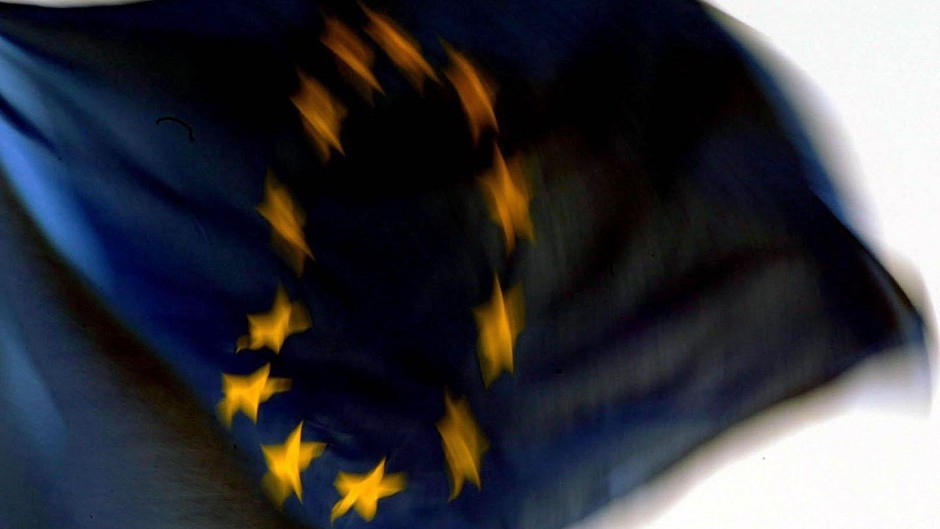Prime Minister David Cameron has claimed the majority of Scots back his plans to have a in-out referendum on UK European Union membership.
He said a recent Ipsos Mori poll, which revealed 58% of respondents were in favour of a ballot, showed that the Conservative policy planned for 2017, in the event of a general election win next year, was the right one.
Mr Cameron said the answer to dissatisfaction over the EU as demonstrated by Ukip was not “pulling up the drawbridge” but fighting hard to get the best deal for Britain.
The Conservative MP made the remarks after Sir Mike Rake, president of the Confederation of British Industry (CBI), claimed the proposed ballot was causing “real concern” and uncertainty for companies.
First Minister Alex Salmond claimed the prime minister had been “torpedoed” by the business chief and the ballot represented the biggest threat to Scotland’s EU membership.
But the prime minister insisted that was not the case.
Mr Cameron said: “If Scotland votes for separation it immediately leaves the EU and has to join a queue to get back in and there is no certainty how long that process would take.
“My strategy to negotiate a better deal in Europe, and then have a referendum, is supported by the majority of Scots and quite a big majority of SNP voters.”
Mr Cameron said he understood people’s frustration about Britain’s place in the EU.
“The best answer is lets fight hard for Britain and get the best deal, whether it is about controlling our borders and become more competitive with the rest of the world,” he added.
But Mr Salmond said he did not think there was “any wish” in Scotland for the country to leave the EU.
“Scots don’t support him tinkering with our future in Europe as a badly played attempt to unify his own party,” he added.
“The reason for this in-out referendum was so he could buy off Europhobes in his party but unfortunately the more he does that the more they demand and some of them are leaving the camp entirely.
“I think we should get on with building a constructive relationship with the rest of our partners across the European continent,” he added.
The Scottish Government has proposed that Scotland will become an independent EU member within 18 months of a “yes” vote.
